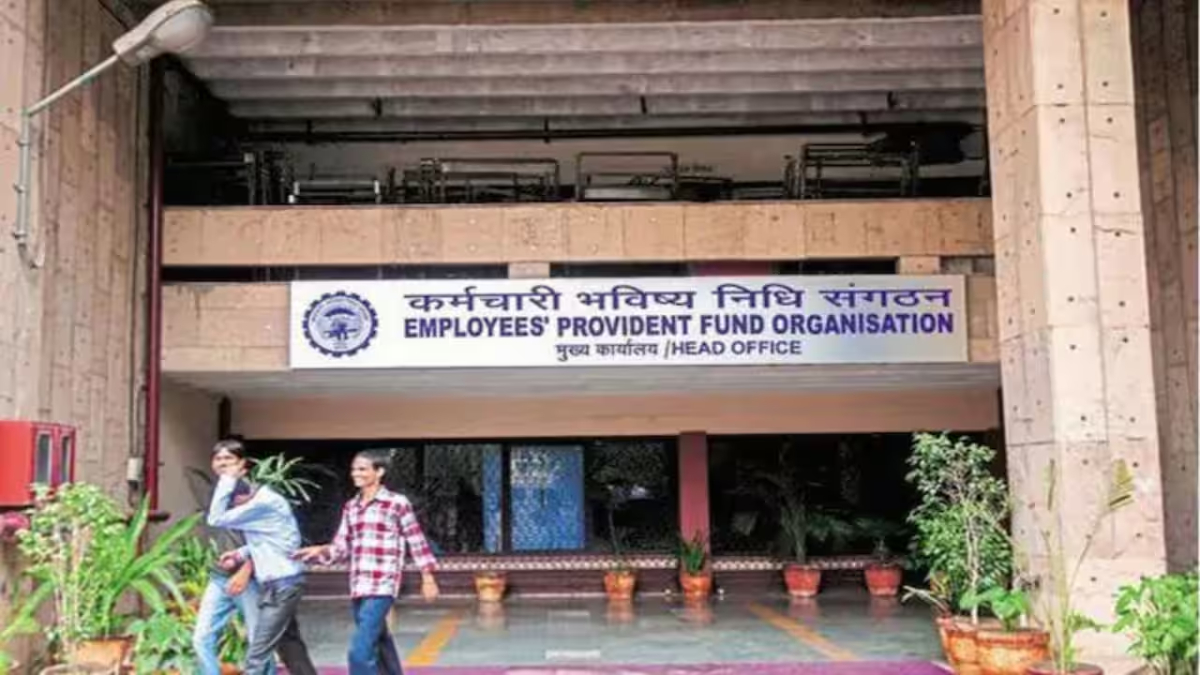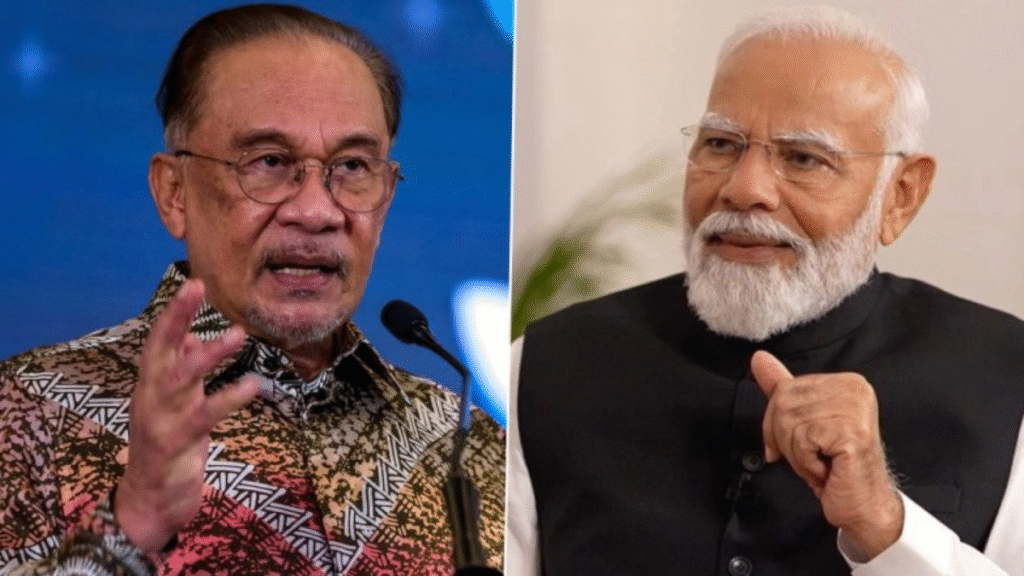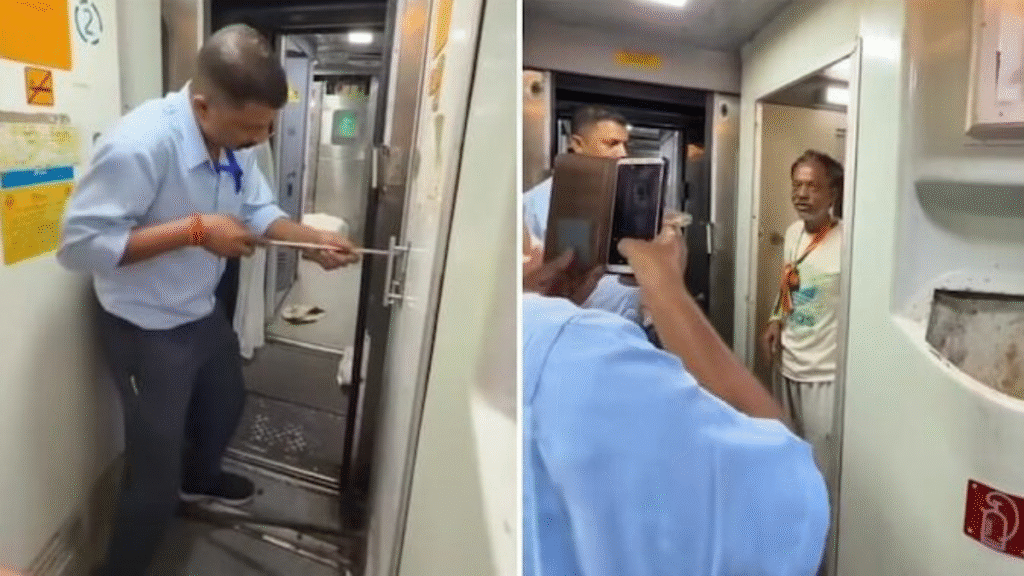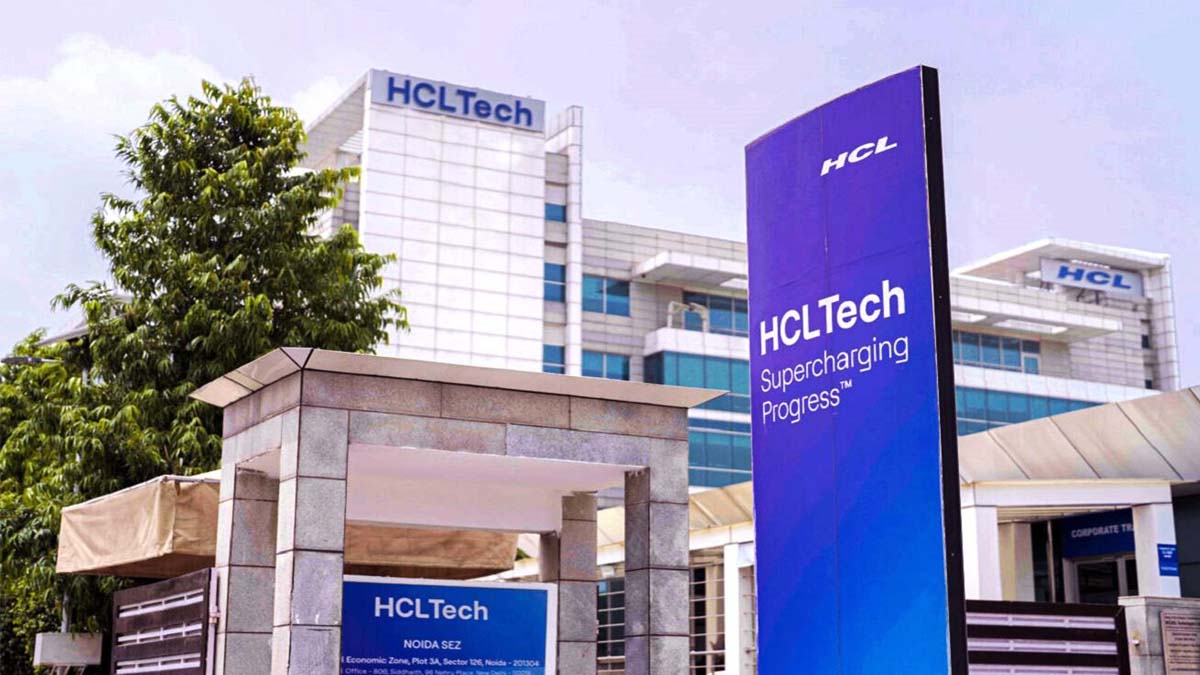Now Reading: Cabinet Considers Significant Hike in EPFO Minimum Pension
-
01
Cabinet Considers Significant Hike in EPFO Minimum Pension
Cabinet Considers Significant Hike in EPFO Minimum Pension

After years of fervent appeals from millions of retirees, the proposal for a substantial hike in the minimum monthly pension under the Employees’ Pension Scheme (EPS-95) has reached a critical stage, with the Union Cabinet now actively considering an increase. This potential move by the government is poised to bring long-awaited financial relief and dignity to approximately 78 lakh private sector pensioners grappling with the pressures of rising inflation and stagnant income.
The Decades-Long Demand for Dignity
The Employees’ Pension Scheme (EPS-95), managed by the Employees’ Provident Fund Organisation (EPFO), provides a crucial social security net for retired workers. However, the existing minimum monthly pension of just ₹1,000 (Rupees One Thousand), which has remained unchanged since 2014, has been rendered grossly inadequate by the significant increase in the cost of living over the last decade.
Pensioner groups and trade unions have consistently argued that this meager sum is insufficient to meet basic household and medical expenses, often pushing retirees into financial distress. Their unified and persistent demand has centered on a substantial revision, with key bodies calling for a minimum monthly pension of up to ₹7,500 to ₹9,000, along with a provision for Dearness Allowance (DA) linked to inflation.
Cabinet Takes Up the Proposal
Recent developments indicate a positive shift in the government’s approach. In a key meeting of the Central Board of Trustees (CBT), the apex decision-making body of the EPFO, Union Labour Minister acknowledged the gravity of the matter. While the minimum pension hike was not on the official agenda, the Minister confirmed during discussions that the proposal for an increase is under active consideration by the Cabinet.
Though the final figure is yet to be confirmed, reports suggest that a more moderate, but still significant, initial increase to ₹2,500 per month is also under discussion, aiming to balance the demands of pensioner welfare with the long-term fiscal sustainability of the pension fund.
The Financial and Actuarial Challenge
The primary reason for the extended delay in revising the pension amount has been the long-term financial viability of the EPS-95 fund. The pension scheme operates on contributions from employers (8.33% of the employee’s basic pay, capped at a salary of ₹15,000 per month) and a smaller contribution from the government (1.16%).
Actuarial studies have repeatedly highlighted the stress on the fund’s corpus, suggesting that a drastic increase in the minimum pension could necessitate a substantial and recurring budgetary infusion from the central government. For instance, an increase to a figure like ₹7,500 would require a significant commitment of thousands of crores annually to maintain the financial health of the scheme and ensure future payouts. The government’s decision will involve a careful balancing act between providing social justice to pensioners and ensuring the fiscal prudence of the entire social security mechanism.
Impact and What’s Next
If the Cabinet approves a substantial hike, it will mark a landmark reform in India’s social security landscape.
- Immediate Relief: Millions of pensioners whose calculated pension is currently capped at the ₹1,000 minimum will experience an immediate and tangible improvement in their monthly income.
- Economic Boost: The increase in disposable income, particularly in Tier 2 and Tier 3 cities where many pensioners reside, is expected to provide a modest stimulus to the local economy, particularly for sectors like retail and healthcare.
- Dignity in Retirement: Most importantly, the move would restore a measure of financial dignity to retired workers who spent their careers contributing to the formal economy.
The pensioner community and employee unions are now eagerly awaiting an official announcement from the government, which is expected following the Cabinet’s deliberation. The final notification will confirm the revised minimum pension amount and the date of its implementation, bringing to a close a long chapter of anticipation for India’s retired workforce.









